An astronomical observatory, gold tongues found in mummies, a sword inscribed with the name of pharaoh Ramesses II and a 4,500 year-old attempt to treat cancer are just some of the interesting ancient Egyptian discoveries made in 2024. Here are 10 of the biggest discoveries from ancient Egypt this year.
Related: Possible bust of Cleopatra VII found at ancient Egyptian temple
First astronomical observatory
Archaeologists uncovered what they believe is the first astronomical observatory ever identified in ancient Egypt. Dating back to the sixth century B.C., the L-shaped structure spans 9,150 square feet (850 square meters) and has a gateway to the east from where an observer could track the sun and stars. Archaeologists also found a large stone sundial and a carving of an observer watching the sun.
Governor’s daughter
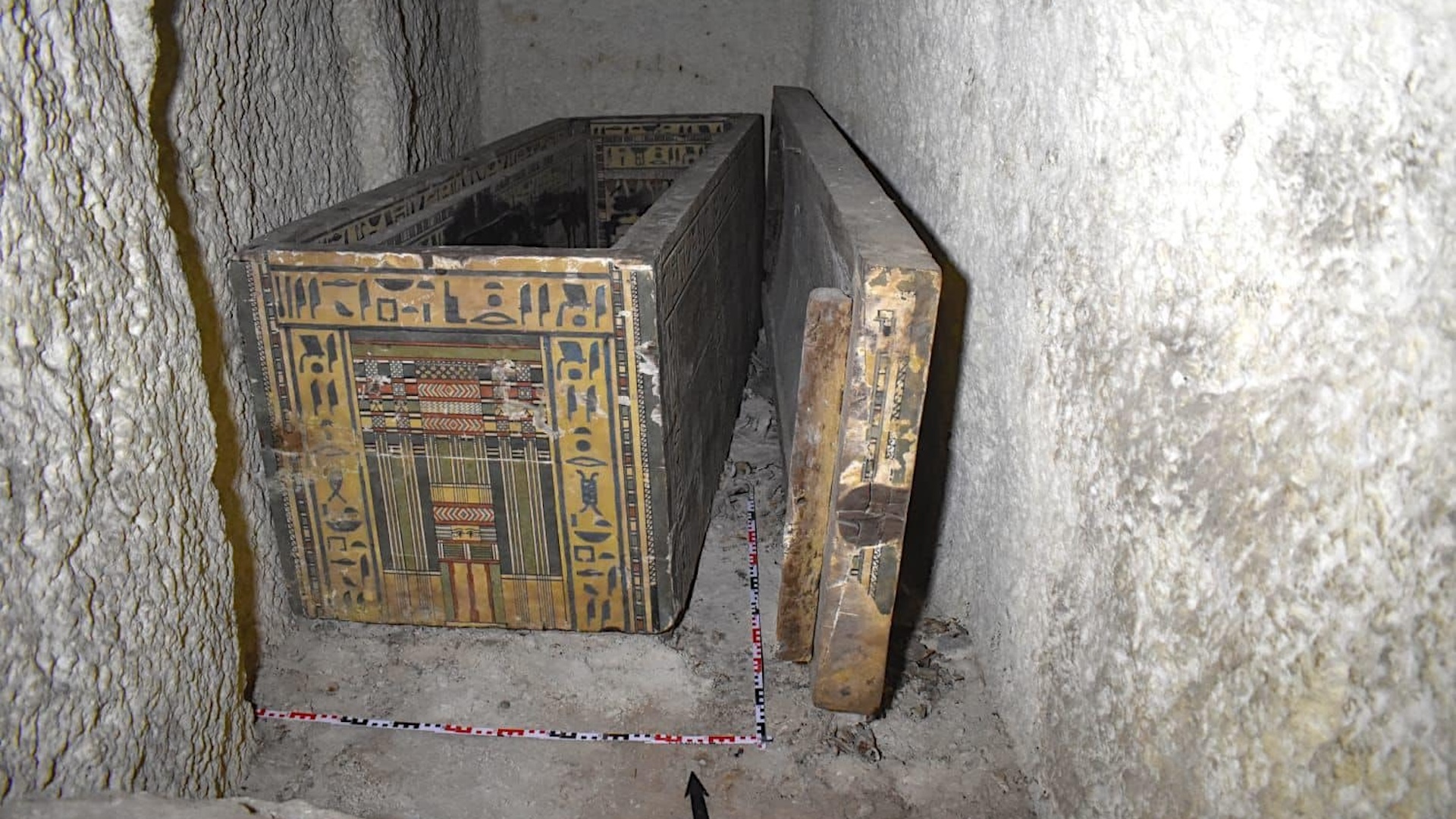
The tomb of Idi, a governor’s daughter who lived during the reign of Senwosret I (circa 1961 to 1917 B.C.), was found in Asyut. She was buried in two coffins — one within the other. The coffins are covered with intricate texts that were intended to help the deceased find their way in the underworld. It’s very rare to find intact coffins that date to this time period, archaeologists noted. While her tomb was robbed in ancient times, parts of her skeleton remain.
Gold tongues

A number of gold tongues, dating back around 2,000 years, were found at the site of Oxyrhynchus. In January 2024 archaeologists announced the discovery of two gold tongues; then in December 2024 they noted that 13 more had been found at the site. Combine this with gold tongues found at the site in previous years and the total number found so far is at 29. The ancient Egyptians believed that gold tongues could help the deceased speak in the afterlife.
Ramesses II sword
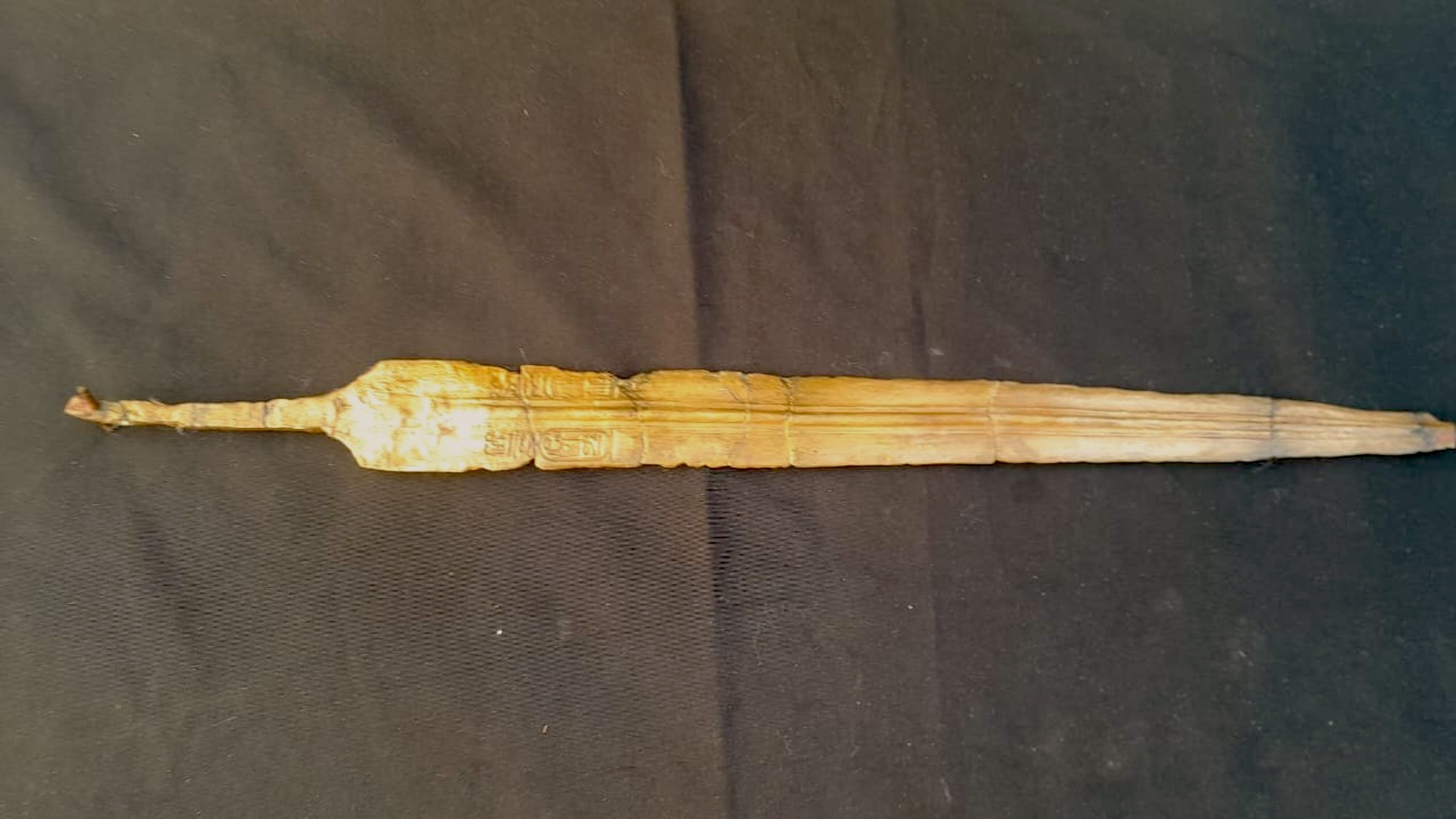
A bronze sword inscribed with the name of pharaoh Ramesses II (ruled circa 1279 to 1213 B.C.) was discovered in the remains of a military barracks in the northwest Nile Delta. The sword was likely given to a high-ranking officer as a royal reward. The fact that it was found in a small room near an area where an enemy could infiltrate suggests that this sword was intended for fighting and wasn’t just for show.
4,300-year-old wall paintings show everyday life
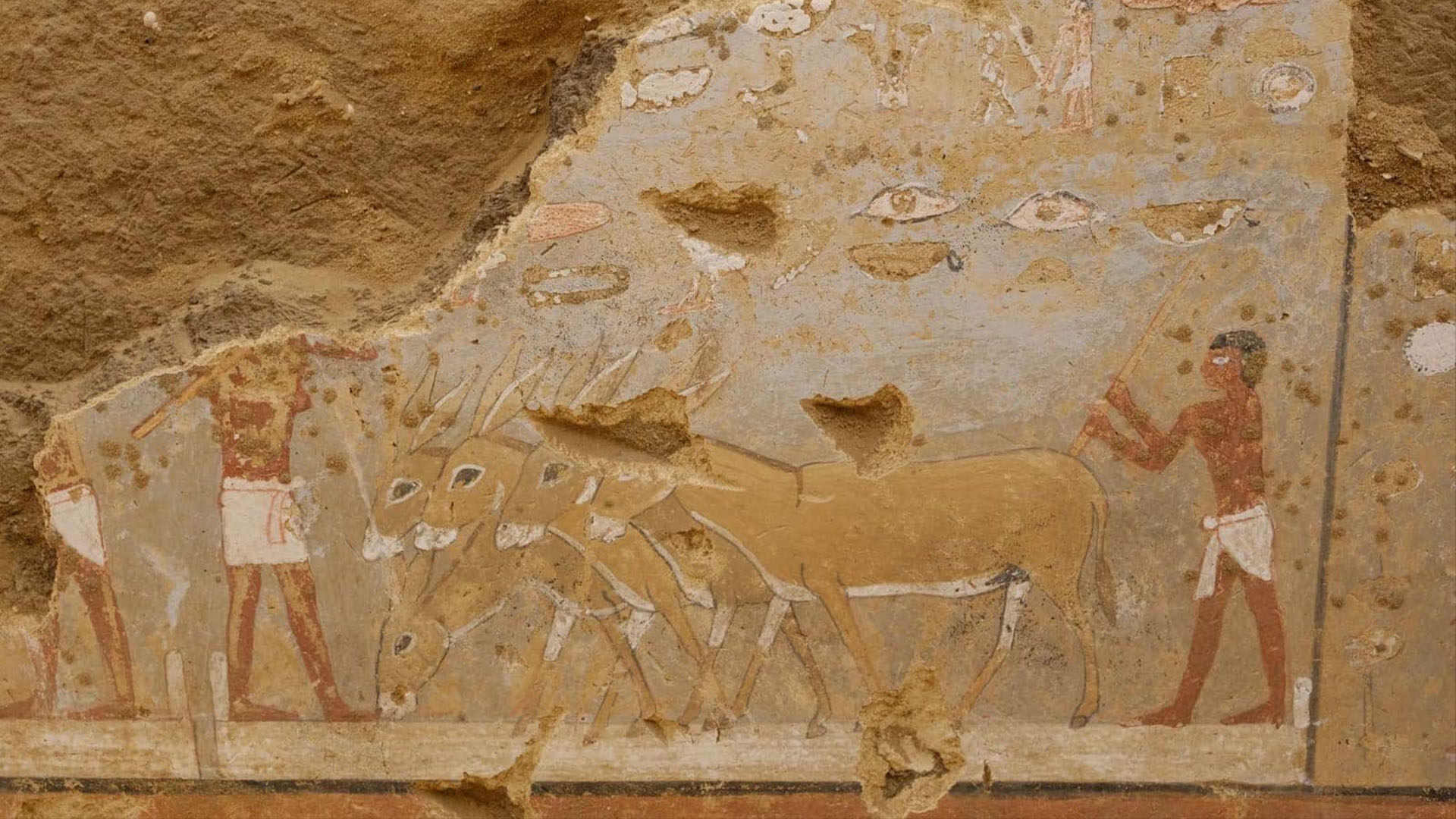
A 4,300-year-old tomb decorated with wall paintings that depict scenes of everyday life was found at Dahshur. These scenes show donkeys threshing grain by trampling over it, ships sailing the Nile river and goods being sold at a market. The tomb belonged to an official named Seneb-Neb-Af and his wife Idet, who was a priestess of the goddess Hathor.
Copper pollution in Great Pyramid harbor
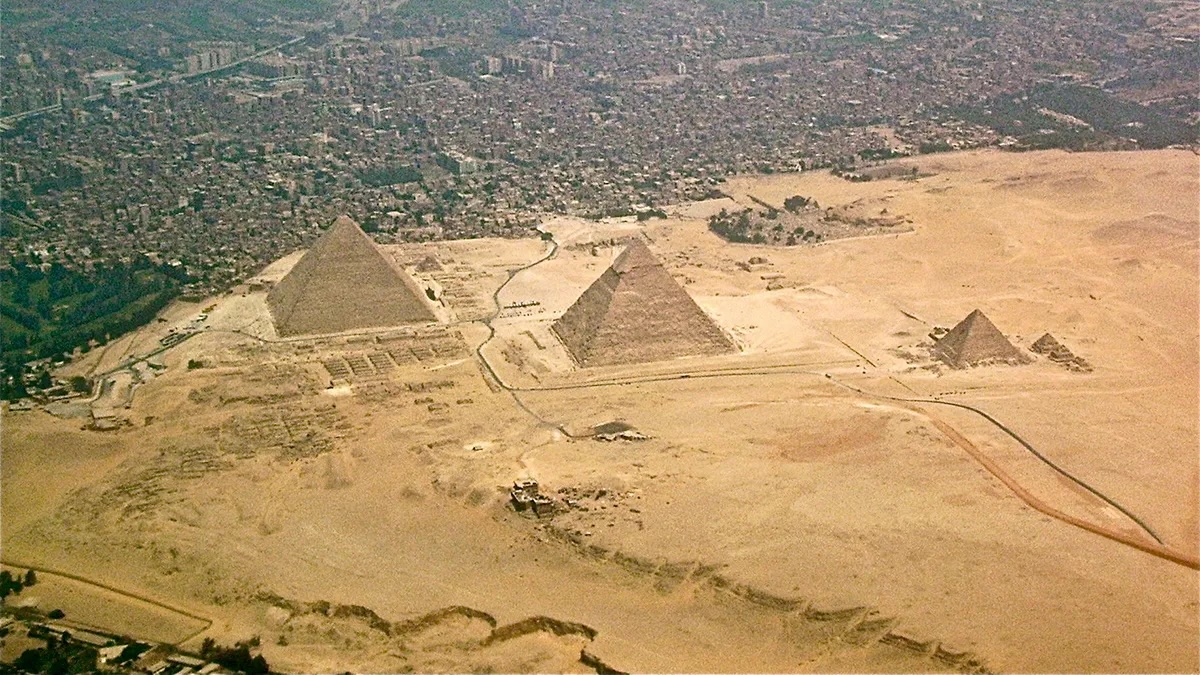
Scientists found traces of heavy copper pollution in the harbor near the Great Pyramid, which was used to bring in materials and laborers. The harbor is dried up now, but the team analyzed its sediments. They determined that contamination peaked around 4,500 years ago, the time that the Giza Pyramids were built, with copper levels reaching five to six times the natural background level.
30 ancient Egyptian tombs in Aswan
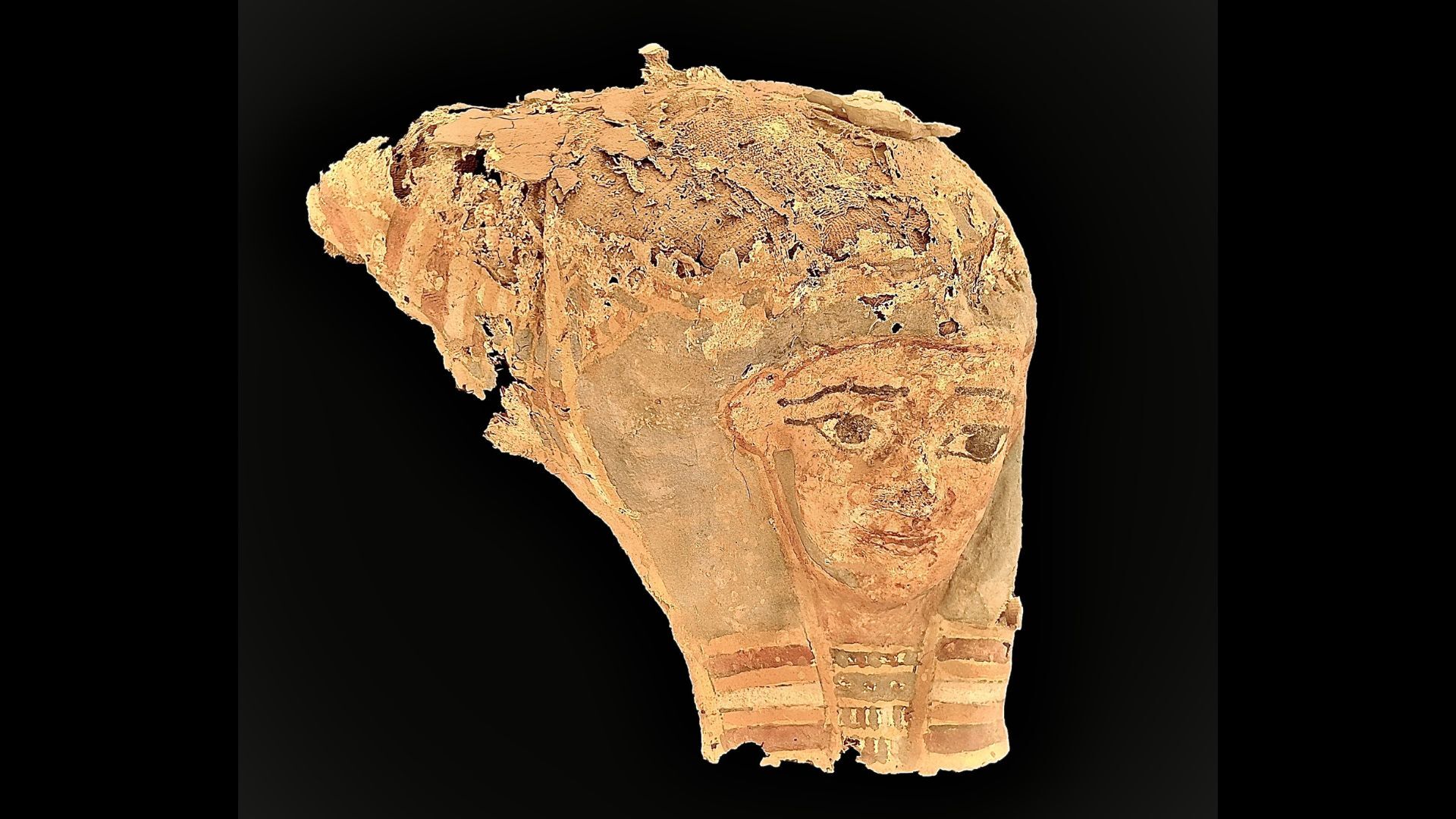
Archaeologists discovered more than 30 tombs nestled in a hillside in Aswan. The tombs were in use between the sixth century B.C. and the second or third century A.D. Many of the burials consisted of families buried together. About 30% to 40% of the mummies in the tombs were children and newborns. Scientists also found that anemia and infectious disease were the most common causes of death.
Evidence of 2,200-year-old hallucinogenic ritual found in vase depicting dwarf god
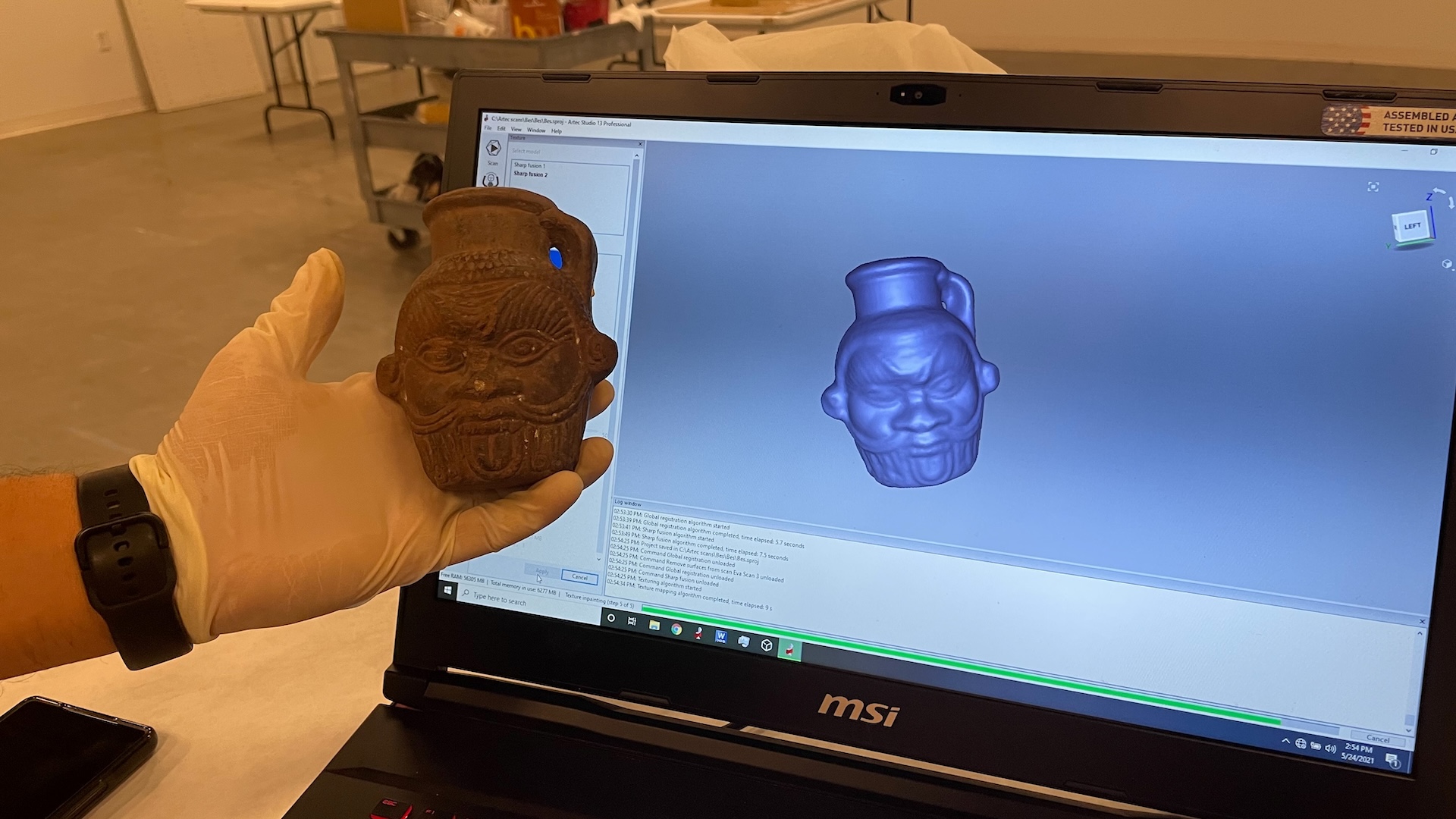
Scientists found a blood-colored hallucinogenic concoction in a 2,200 year-old vase that depicts the dwarf god Bes. This is evidence that the Egyptians may have engaged in a hallucinogenic ritual that helped reenact a mythical story. In that story, the dwarf god Bes tricks the sky goddess Hathor. Hathor was in a bloodthirsty mood, but Bes gave Hathor an alcoholic beverage, spiked with a plant-based drug disguised as blood, that put her into a deep sleep of forgetfulness.
Ancient Egyptians tried to treat cancer 4,500 years ago

Scientists found evidence that the ancient Egyptians tried to remove a tumor from the skull of a man who lived around 4,500 years ago. The skull contained evidence of a large primary tumor as well as smaller tumors. Evidence suggests that someone tried to remove the cancer using metal surgical instruments. While the attempt was unsuccessful, it shows that the ancient Egyptians were trying to develop treatments for cancer at around the time the Giza pyramids were being built.
2,100-year-old temple discovered hidden in cliff face
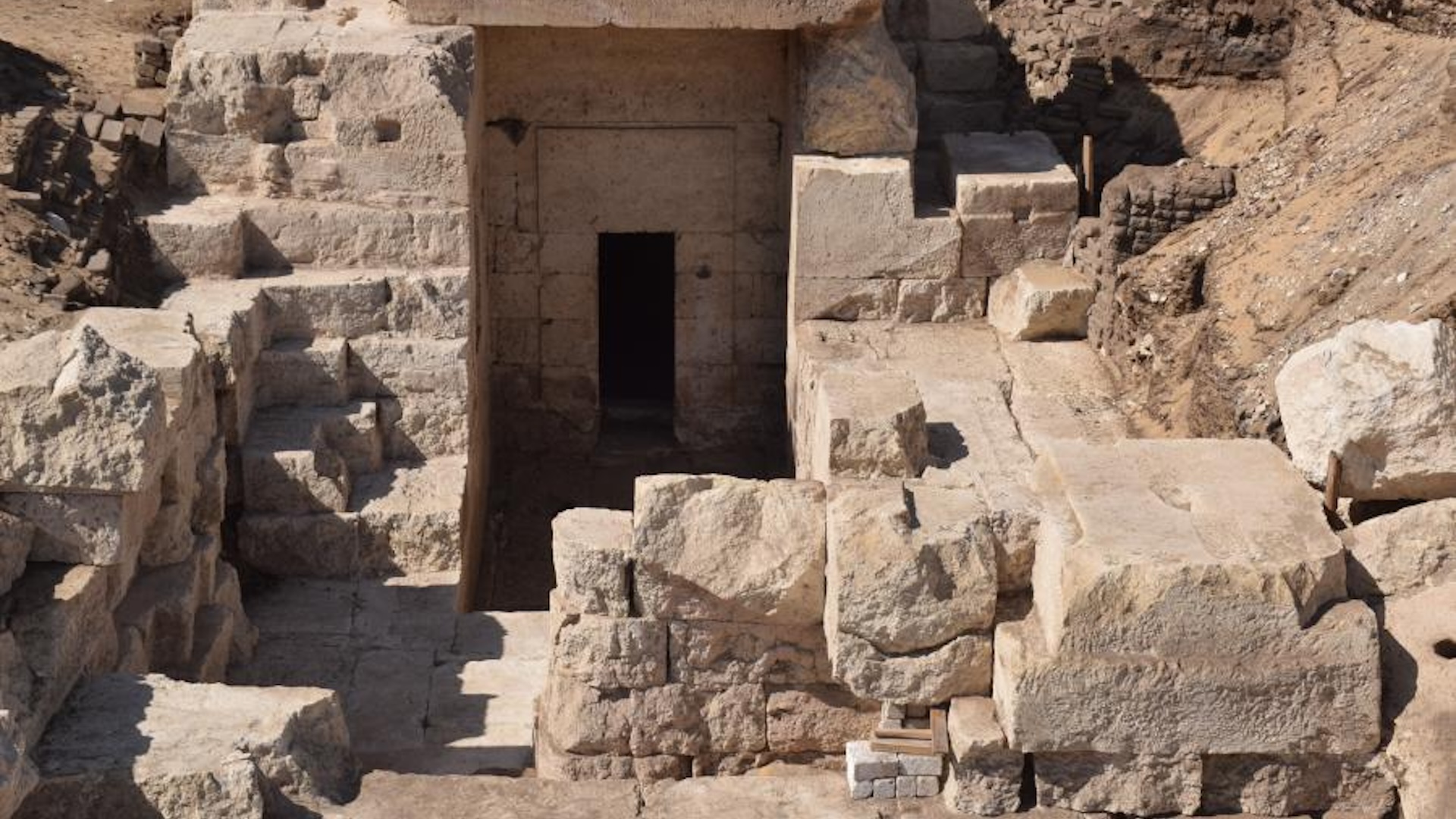
A 2,100-year-old temple was found hidden in a cliff face at the site of Athribis. Archaeologists excavating the temple there found a relief showing King Ptolemy VIII (reign circa 170 to 116 B.C.) offering sacrifices to the lion-headed goddess Repit and her son Kolanthes. They also found astronomical symbols such as two decans, or stars that enable people to tell the time at night. These decans were depicted with humanoid bodies and animal heads.


